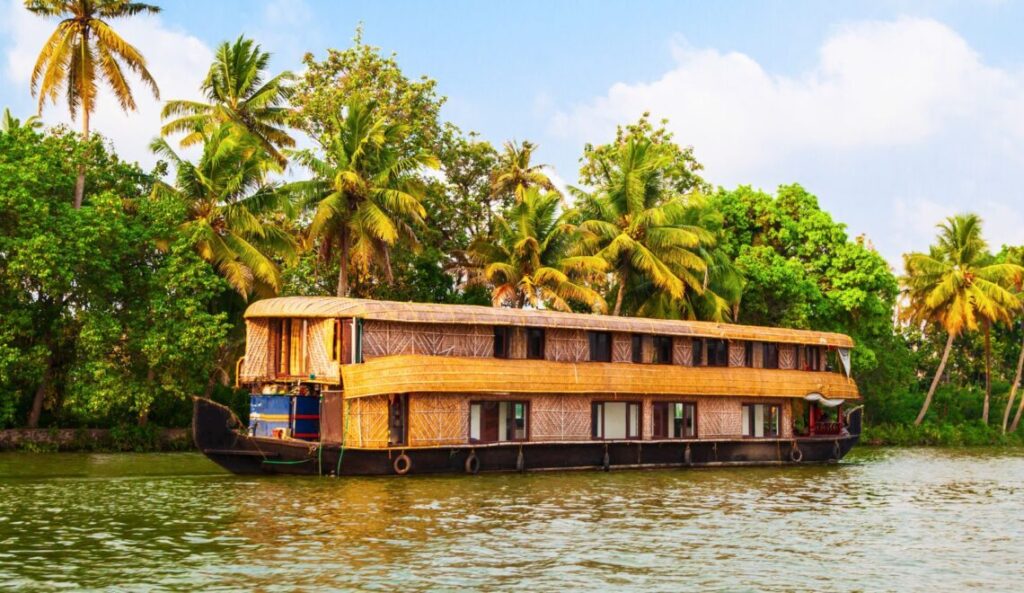Welcome to heritage sites in Kerala, where lush green landscapes meet the waters of the Arabian Sea, and history intertwines with natural wonders.
Among the treasures of this verdant paradise are its distinguished 16 heritage sites in Kerala. However, within its embrace are architectural marvels like the Western Ghats, which testify to ancient craftsmanship and ingenuity.
Moreover, Kerala boasts a rich tapestry of heritage sites, ranging from intricately carved temples to pristine wilderness sanctuaries.
Explore the cultural heritage of this enchanting state, where every corner holds a story waiting to be discovered. Furthermore, join us on a journey through the timeless allure of heritage sites in Kerala.
Thrissur
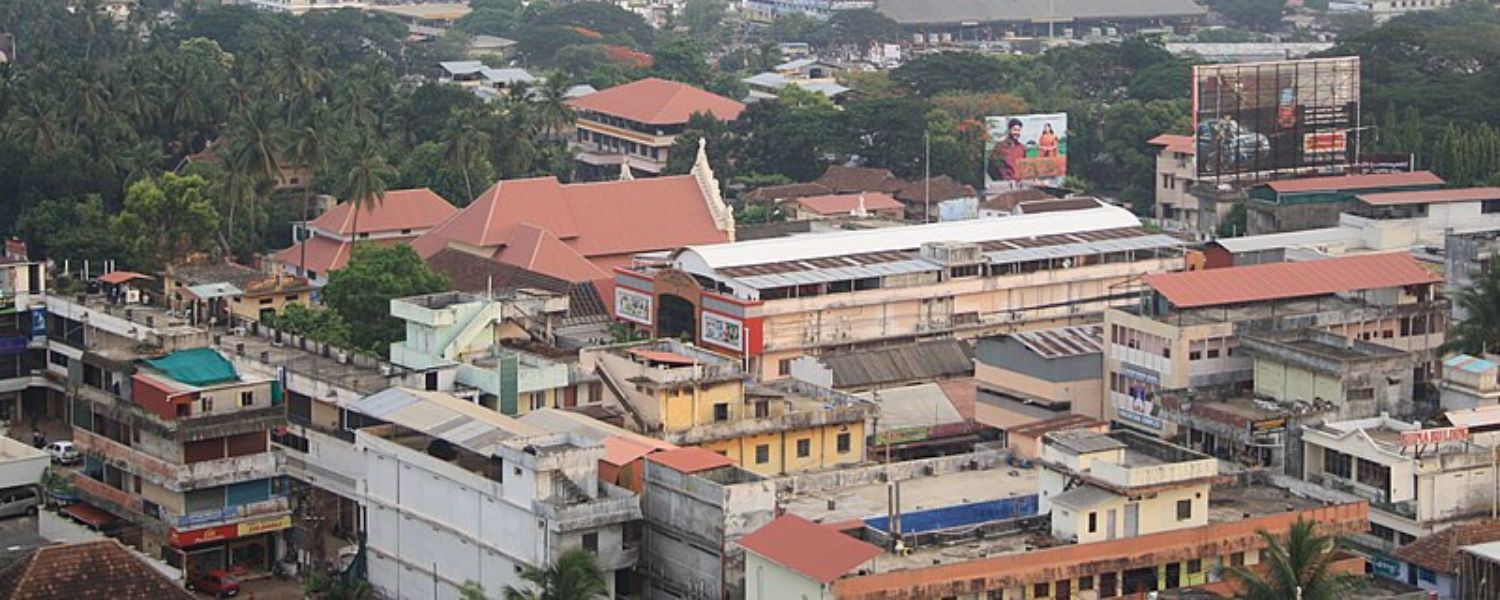
Thrissur, alternatively known as Trichur, stands as a beacon of cultural, spiritual, and religious significance in heritage sites in Kerala.
Moreover, just 81 km away from Kochi and 279 km from Trivandrum, this famous cities in Kerala is a prime destination for travellers seeking a blend of heritage and tranquility.
Renowned for its rich history, Thrissur boasts iconic landmarks such as the Vadakkumnathan Temple, Thiruvambadi Sri Krishna Temple, and Paramekkavu Temple.
Not to be missed is the grandeur of Guruvayur Temple and the architectural marvel of Our Lady of Lourdes Syro-Malabar Catholic Metropolitan Cathedral.
However, the pinnacle of Thrissur’s allure lies in the world-famous Thrissur Pooram, a vibrant temple festival hailed by UNESCO as the most spectacular event on the planet. Moreover, it is the birthplace of the eminent Hindu Saint Adi Shankara.
Kasaragod
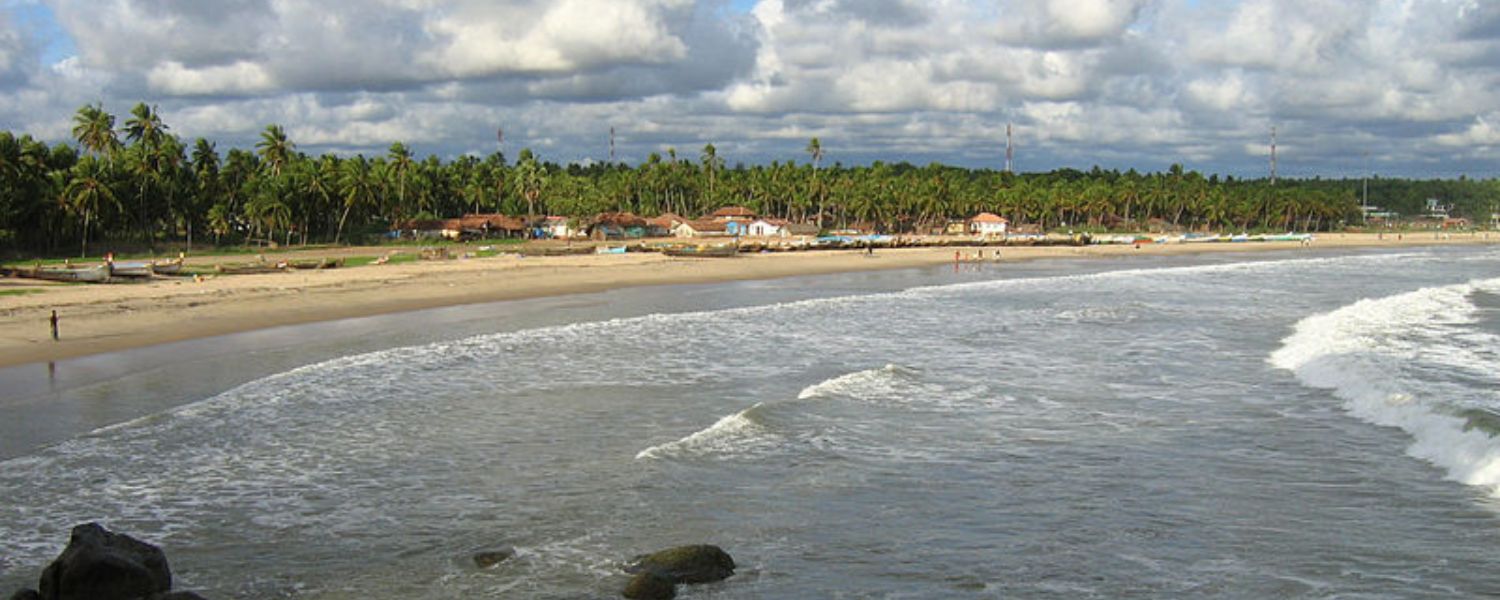
Kasaragod emerges as a hidden gem along heritage sites in Kerala captivating coastline. Situated just 48 km from Mangalore, 110 km from Coorg, and 369 km from Bangalore, it remains one of Kerala’s best-kept secrets.
A tapestry of majestic forts, verdant hills, and pristine beaches awaits visitors. Among its prominent attractions stands the majestic Bekal Fort, a testament to the region’s rich heritage.
Nearby, the tranquil Bekal Fort Beach and the idyllic Pallikere Beach offer moments of serenity. For those seeking adventure, Kappil Beach and Kanwatheertha Beach beckon with their golden sands and azure waters.
Kasaragod presents a unique blend of history, nature, and tranquillity, making it an ideal destination for discerning travellers.
Anantha Padmanabha Temple
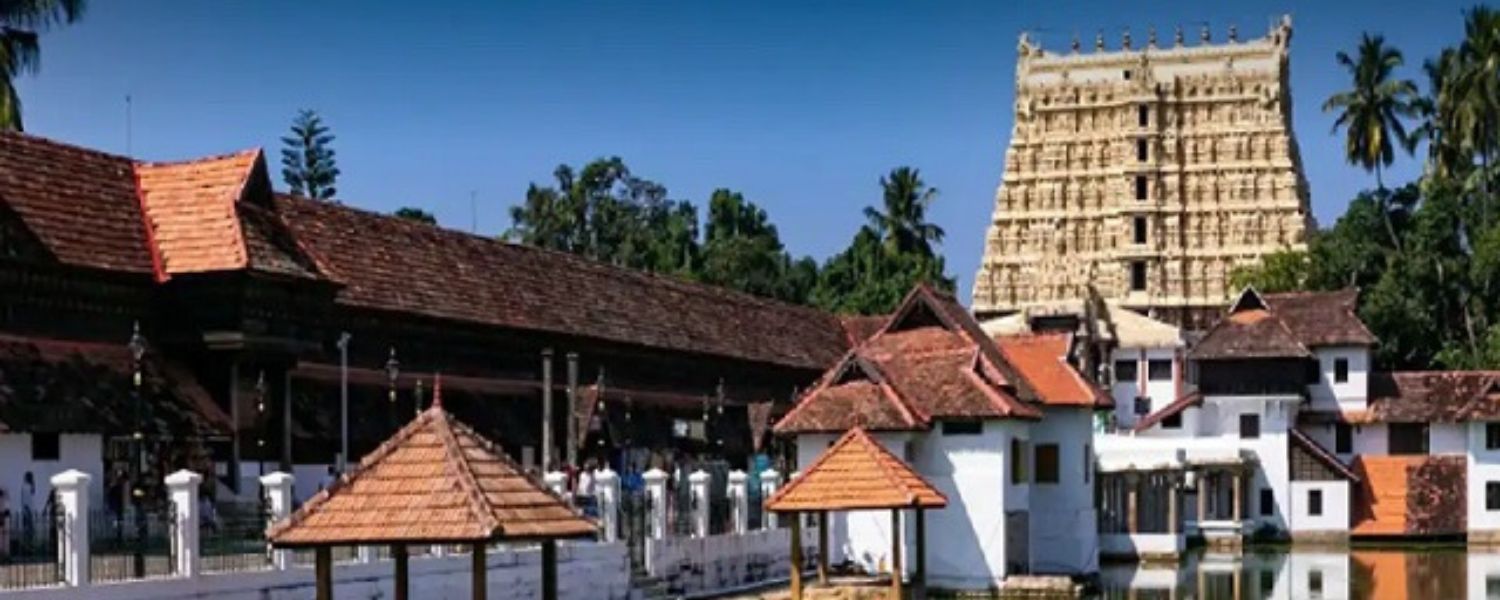
Situated just 2 km from Trivandrum Central Railway Station, the Sri Padmanabhaswamy Temple is a magnificent testament to Kerala’s spiritual heritage.
Dedicated to Lord Vishnu, this temple is renowned for its religious significance and being one of the wealthiest temples in India.
Devotees believe its origins trace back to the beginning of the Kali Yuga, 5000 years ago, making it one of the oldest heritage sites in Kerala.
According to scripture, even Balarama, Lord Krishna’s elder brother, frequented this sacred abode, underlining its timeless allure.
Steeped in history, the temple underwent significant renovations in the 17th century under the patronage of King Marthanda Varma, solidifying its status as a cherished cultural landmark.
It remains under the guardianship of the titular Maharaja of Travancore, symbolizing the enduring bond between tradition and royalty.
Edakkal Caves
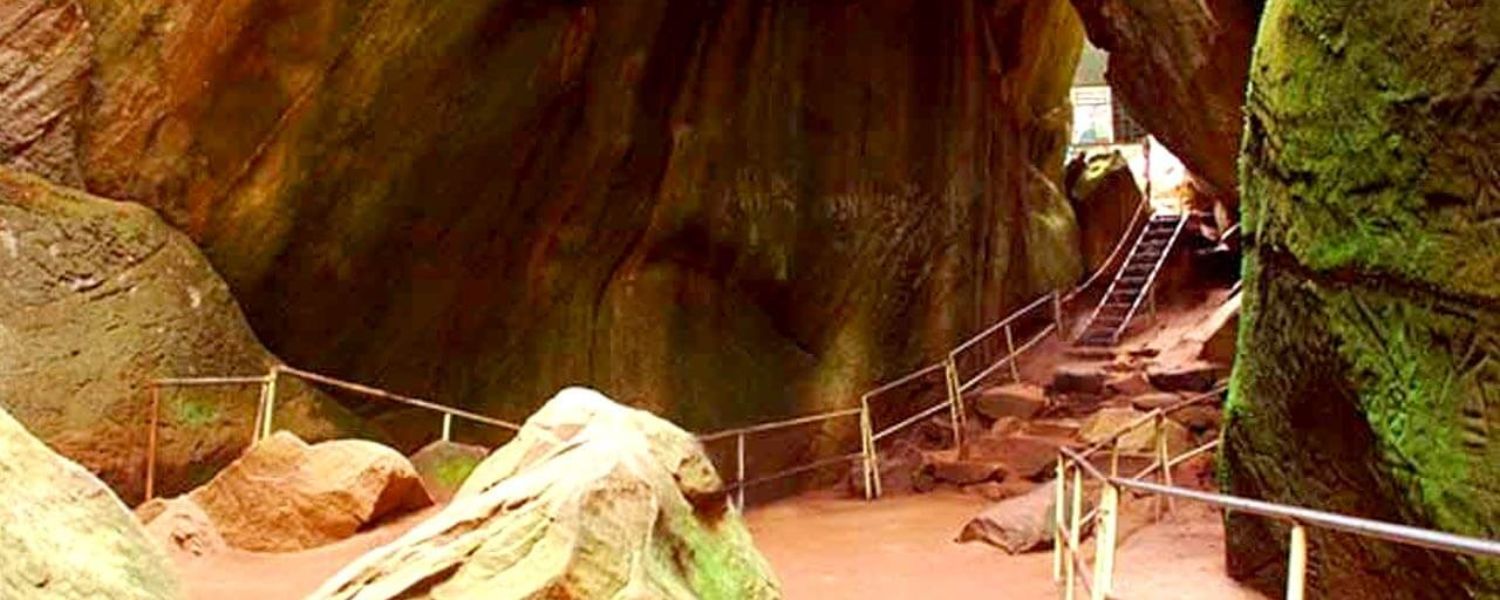
However, this amidst the breathtaking landscapes of Wayanad, the Edakkal Caves stand as silent witnesses to humanity’s ancient past. Located atop Ambukutty Mala, these natural wonders beckon visitors with their historical and archaeological treasures.
Dating back to the Neolithic era, the caves boast intricate carvings that offer a glimpse into the lives of our ancestors. Accessible through narrow iron steps, the chambers within reveal a fascinating narrative etched in stone.
From the lower chamber, with its towering walls, to the expansive upper chamber adorned with line drawings dating as far back as 6000 BC, every corner whispers stories of bygone eras.
Archaeologists hail Edakkal as one of the earliest centres of human habitation, underscoring its significance in heritage sites in Kerala ancient past.
Even amidst modernity, the caves retain their allure, with recent rock carvings near the entrance as a reminder of their enduring cultural legacy.
Kappad Beach
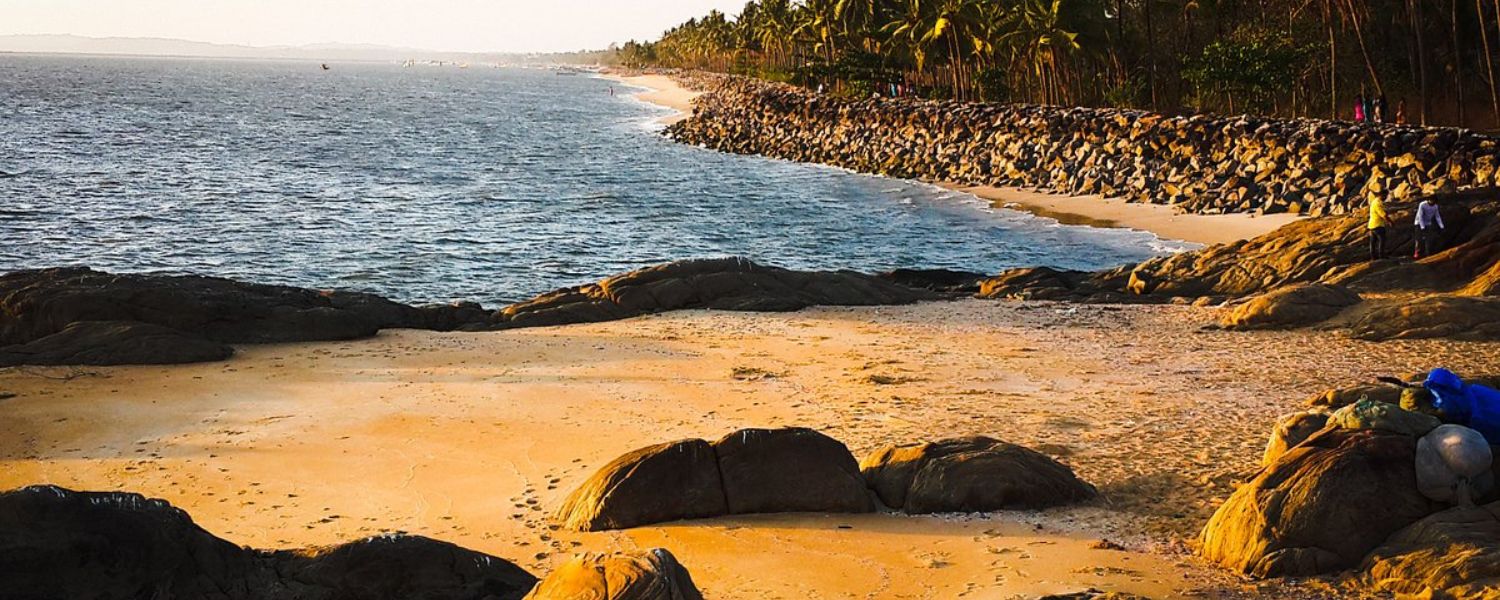
Situated just 20 kilometres from Kozhikode Railway Station, Kappad Beach is a testament to history and natural beauty. It is where Vasco da Gama, accompanied by 170 men, first set foot on Indian soil on 27th May 1498.
Marking the beginning of a significant chapter in Indian-Portuguese relations, this event is commemorated by a monument on the beach.
Beyond its historical significance, Kappad Beach offers a serene, relaxing environment and strolls along its sandy shores.
Visitors can also explore the nearby 800-year-old Devi Temple perched atop a rock, adding a cultural dimension to their experience.
For those seeking adventure, the Karappula River at Elathur, near the beach, offers opportunities for boating. The sunset view, where the sea meets the river, is a breathtaking spectacle not to be missed.
Bekal Fort
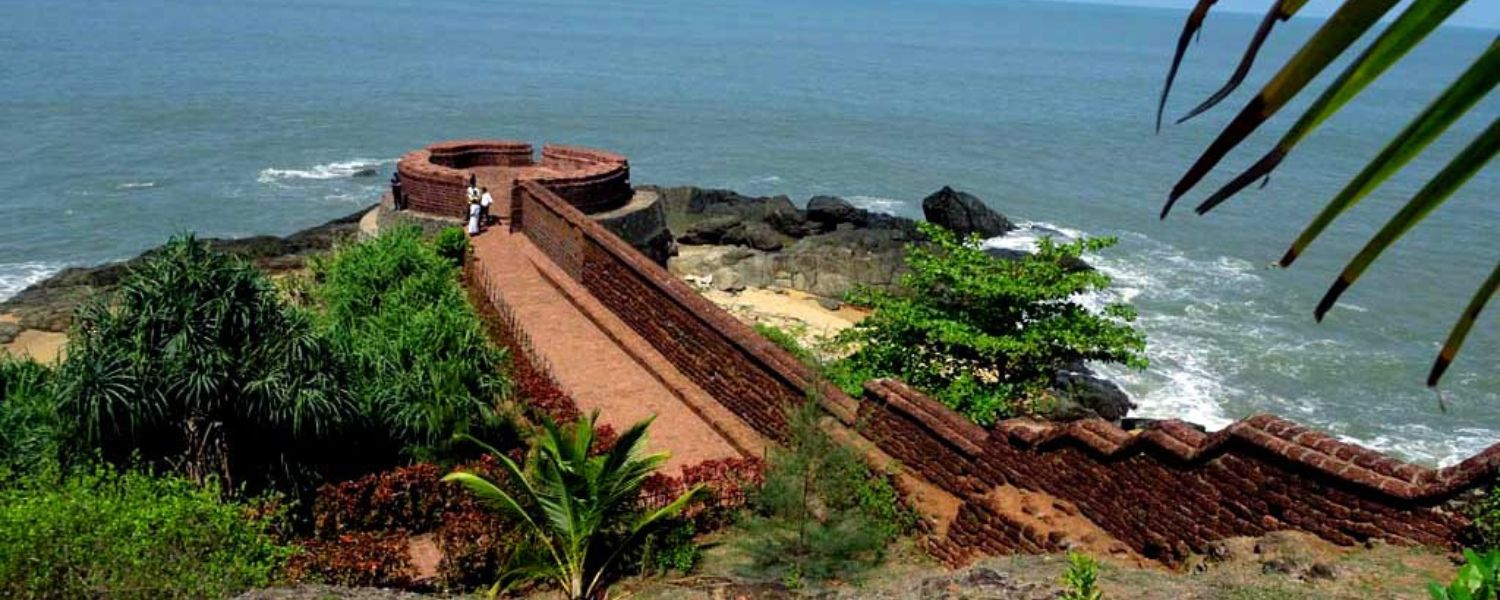
Moreover, 27 kilometres from Kasaragod, Bekal Fort is a majestic symbol of heritage sites in Kerala. Spread across 40 acres along the Arabian Sea coast, it stands as the largest fort in the region.
Dating back over 300 years, the fort is steeped in history, believed to have been constructed in the 1650s by Sivappa Naik of the Ikkeri dynasty or possibly earlier by the Kolathiri Rajas.
Bekal Fort has witnessed numerous conquests throughout its existence, including occupations by Hyder Ali of Mysore and later by the British.
Recognized for its historical significance, the World Heritage Sites in India 2024 designated it as a unique tourism area in 1992, attracting historians and tourists alike.
Anjengo Fort
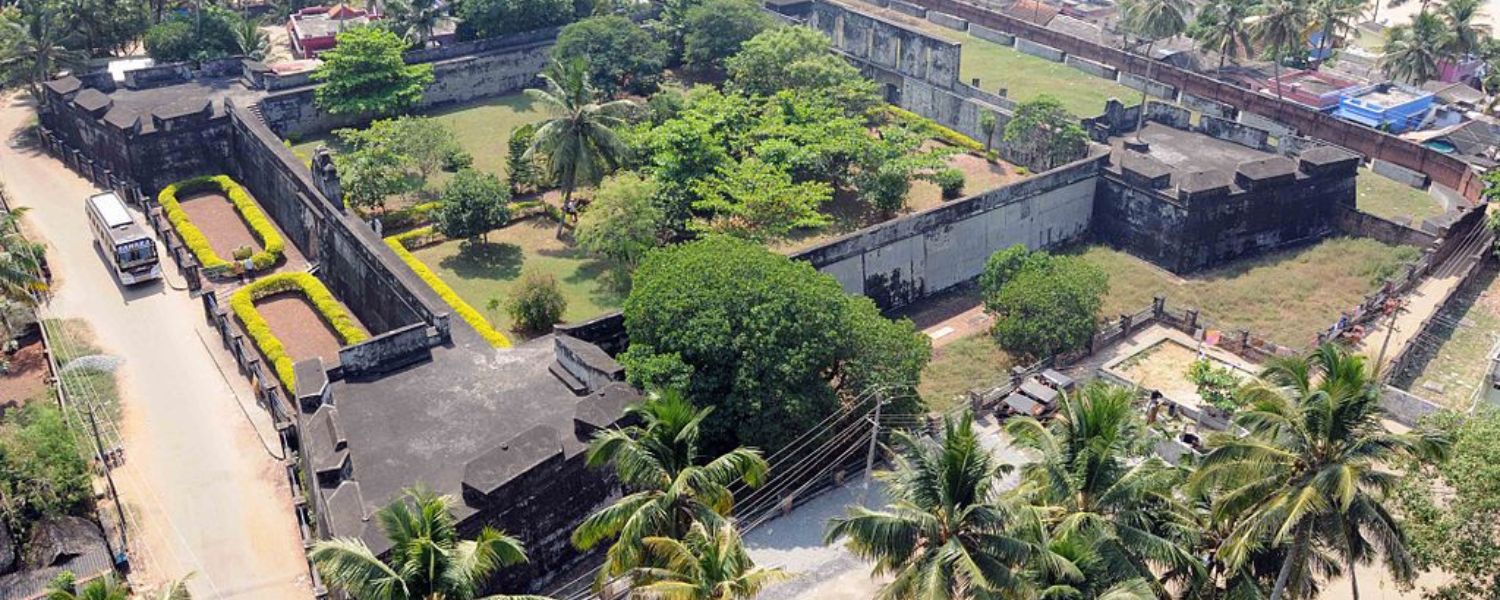
Situated just 12 km from Varkala and 32 km from Trivandrum, Anjengo Fort, also known as Anchuthengu Fort, is a testament to heritage sites in Kerala.
Constructed in the 17th century by the British East India Company, this ancient fort is significant in Kerala’s history.
Legend has it that the fort’s name, ‘Anjuthengu,’ derives from the small area of five coconut trees rented out to the British by the Queen of Attingal.
Despite opposition from the Dutch, who feared its impact on their trade, construction of the fort commenced in 1696 and was completed in 1699.
Serving as the first signalling station for ships arriving from Britain, the fort withstood attempts to cut off supplies by sea, showcasing its strategic importance.
Kumarakom Boat Race
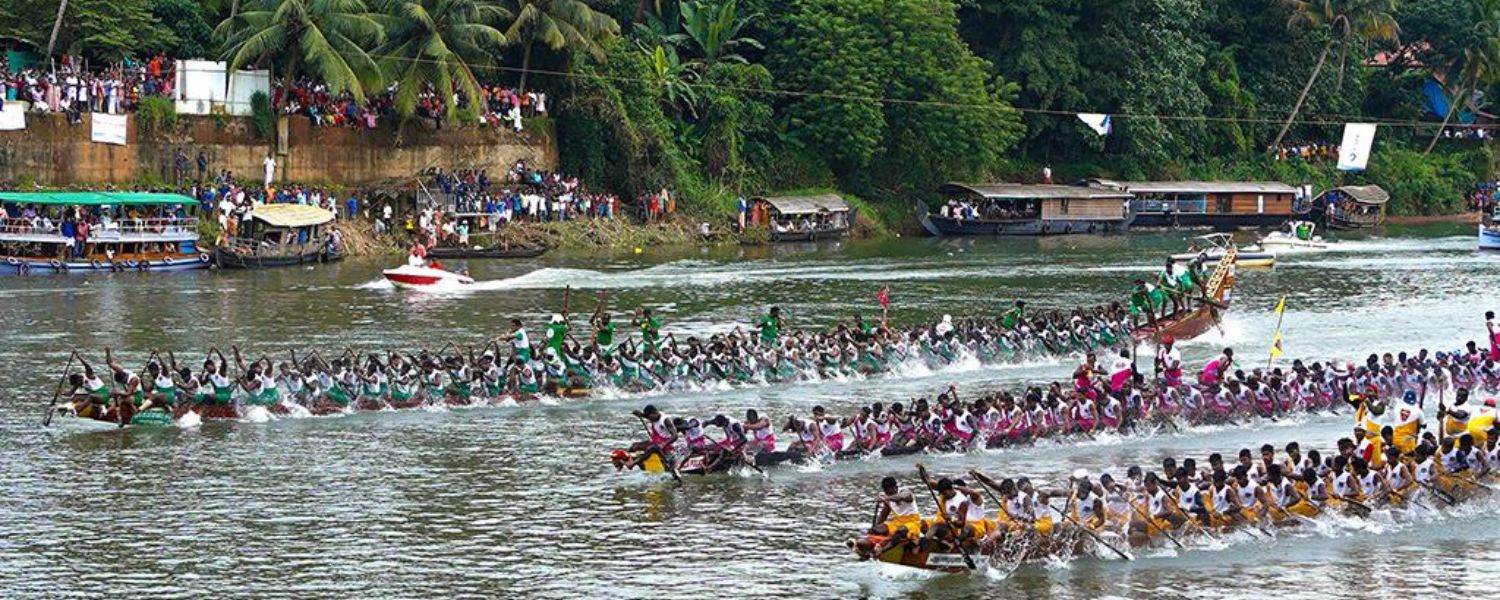
Just 1 km from Kumarakom Bus Station, the Kumarakom Boat Race, also known as Sree Narayana Jayanthi Boat Race, takes place annually on Vembanad Lake during the Onam festival in September.
This vibrant event features over 20 boats of various sizes and shapes, including the renowned Snake Boats and the prestigious Iruttukuthi with its 50 rowers.
The race commemorates the arrival of Sri Narayana Guru, who visited Kumarakom in 1903 to inaugurate the Kumara Mangalam Temple.
The festivities start with special pujas at the temple, followed by a grand procession of country boats carrying a portrait of Sri Narayana Guru to Kottathodu, the race venue.
Krishnapuram Palace
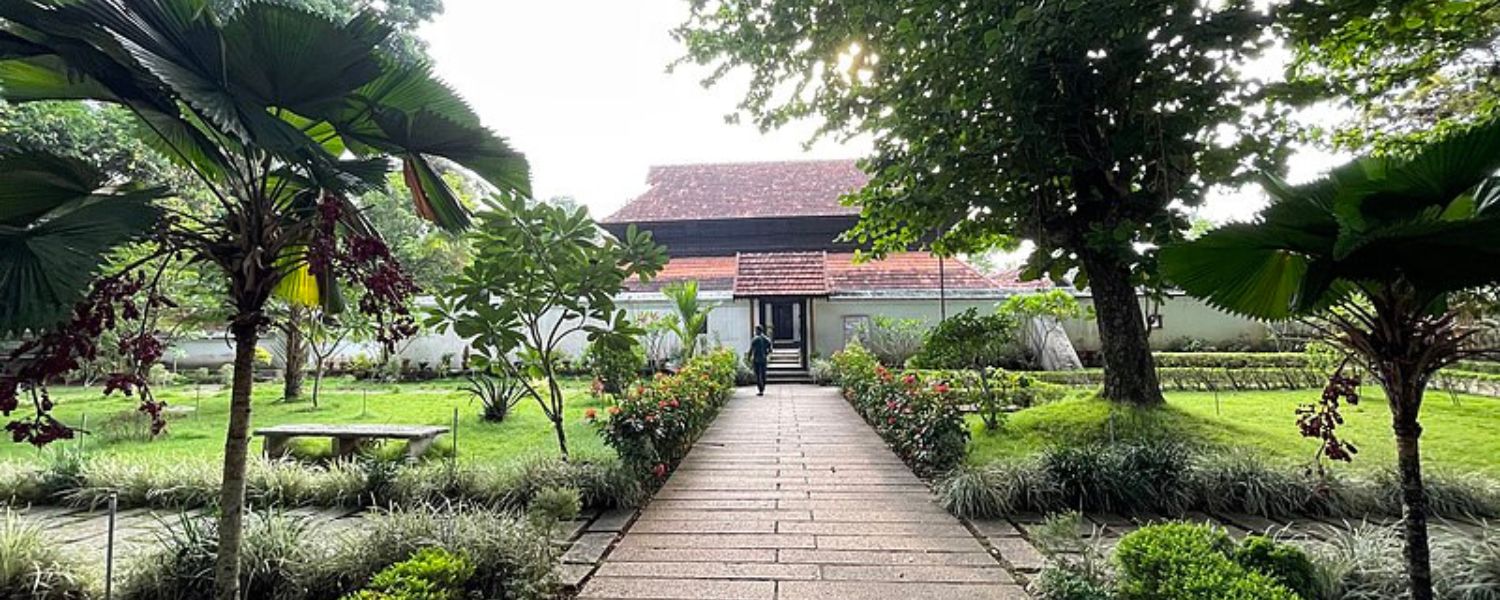
Located just 49 kilometres from the enchanting backwaters of Alappuzha, Krishnapuram Palace stands as a proud testament to heritage sites in Kerala.
However, constructed in the 18th century by Anizham Thirunal Marthanda Varma, this majestic palace epitomizes the Kerala style of architecture.
The palace exudes a regal charm with its gabled roofs, narrow corridors, and dormer windows. Perched atop a gentle hill, the palace is enveloped by a picturesque terraced garden adorned with fountains, ponds, and lush lawns.
Amidst this verdant oasis lies a newly constructed Buddha Mandapam, showcasing a recently recovered statue of Lord Buddha.
Moreover, the palace hosts an archaeological museum curated by the Kerala State Department of Archaeology. Visitors can marvel at various artefacts, including stone sculptures, wood carvings, mural paintings, coins, and ancient inscriptions.
Kodungallur
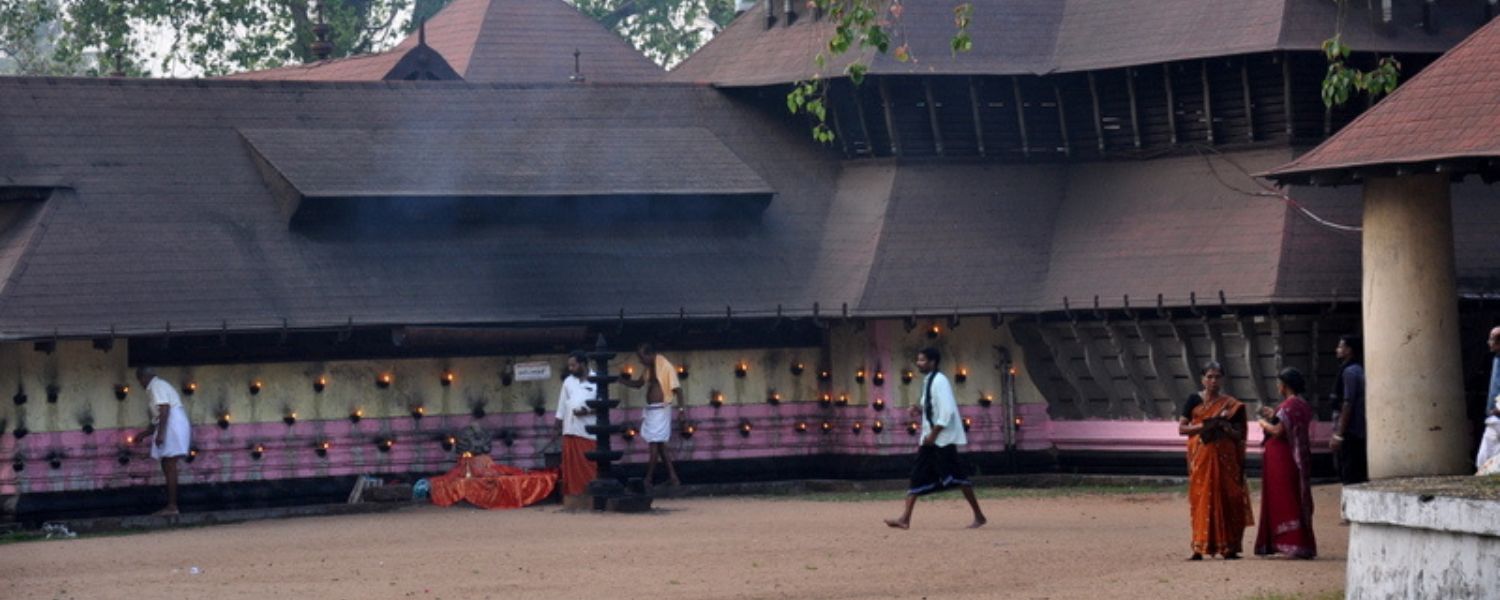
Situated 38 kilometres from bustling Kochi, Kodungallur, also known as Cranganore, beckons travellers with its storied past.
Once the capital of Cheraman Perumal, the last Chera ruler in the 7th century AD, this historic town is steeped in legend and lore.
Among its myriad attractions, the Bhagawati Temple reigns supreme, boasting a rich history of over 2000 years.
Revered as one of Kerala’s oldest temples, it is mentioned in ancient epics like the Ramayana and Mahabharata. Furthermore, Kodungallur holds special significance in Christianity, as it is believed to be the landing site of Thomas the Apostle in 52 AD.
The legacy of St. Thomas lives on through monuments such as the St. Thomas Church, reaffirming Kodungallur’s status as an early Syrian Christian centre in Malabar.
Aranmula
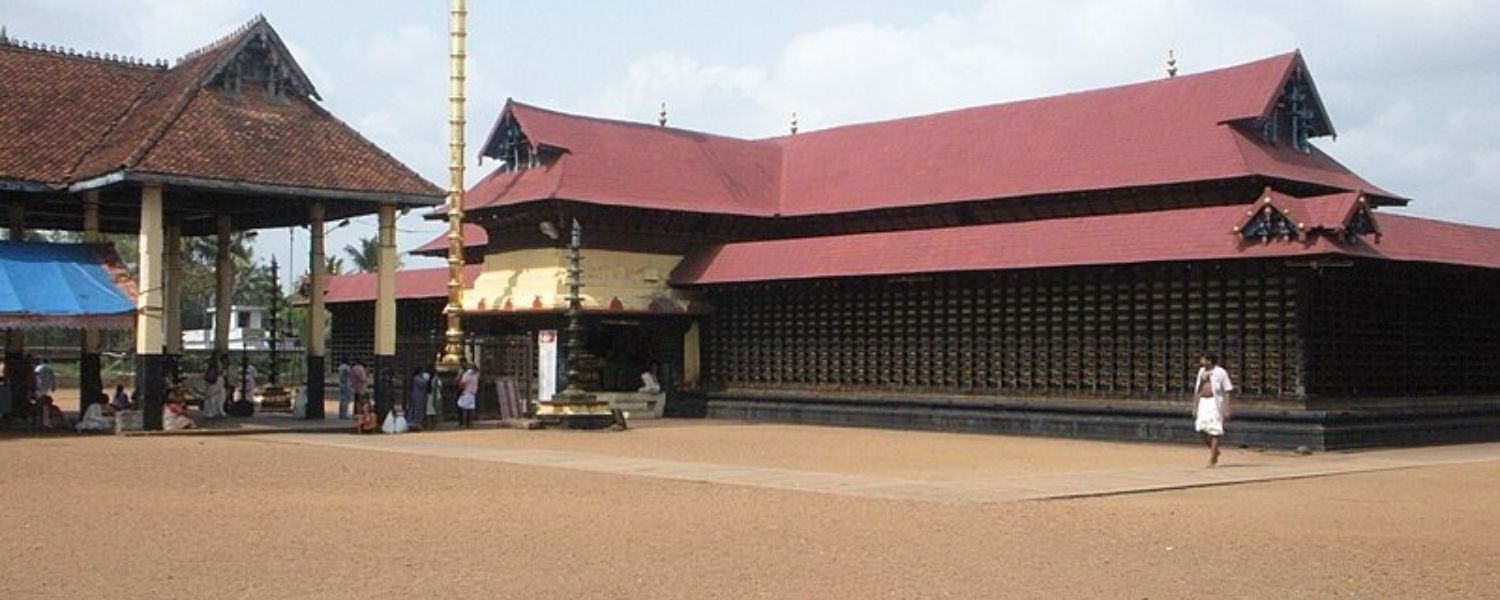
Situated just 15 km from Pathanamthitta, 53 km from Alappuzha, and 57 km from Kumarakom, Aranmula holds the distinction of hosting one of Kerala’s most renowned cultural spectacles, the Aranmula Snake Boat Race, also known as Aranmula Vallamkali.
This vibrant event, deeply ingrained in the tradition of the Kerala Backwaters, takes place annually during the auspicious Onam festival, typically falling in August-September.
Renowned as the Uthrittathi Boat Race, this celebration finds its roots in Sri Parthasarathy Temple, nestled along the serene banks of the Pamba River.
Thrikkakkudi Rock-Cut Temple
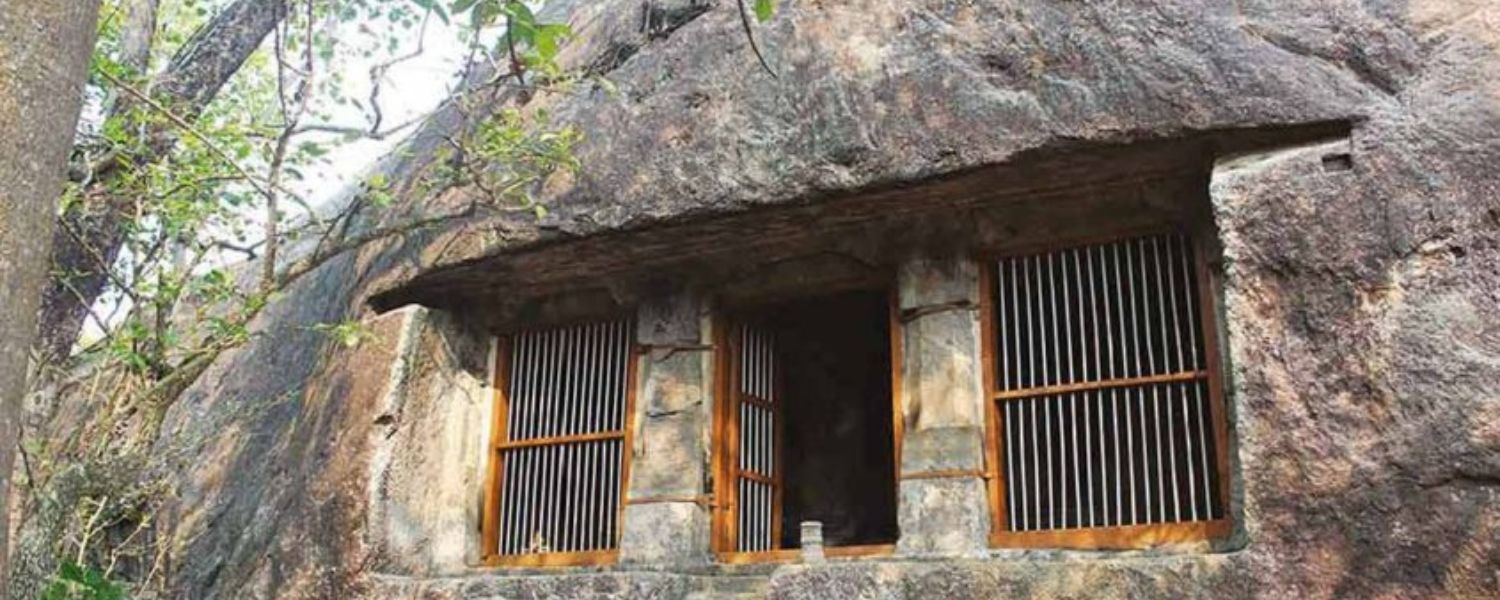
Furthermore, just 6 km from Thiruvalla and 29 km from Pathanamthitta, the Thrikkakkudi Rock-Cut Temple in Kaviyoor is a testament to heritage sites in Kerala and architectural heritage.
Dating back to the 8th century, this temple, dedicated to Lord Siva, showcases remarkable Pallava-style architecture, exuding an archaeological significance.
Mainly, carved into a colossal rock formation, this temple is among Kerala’s three esteemed rock-cut temples, meticulously preserved by the Archaeological Department.
Adorned with intricate sculptures and enshrining a three-foot Sivalinga, this sacred site offers a glimpse into Kerala’s spiritual and artistic legacy.
St. Mary’s Forane Church – Kuravilangad
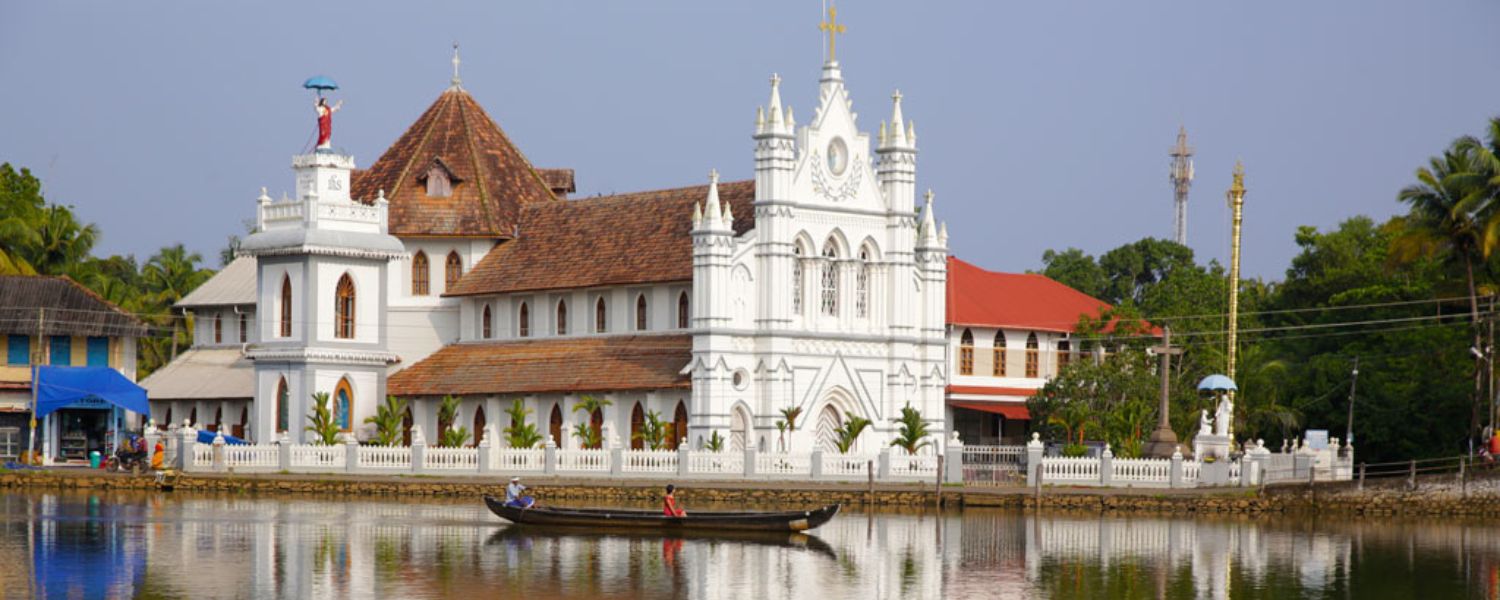
Additionally, 20 kilometres from Kottayam lies the revered St. Mary’s Forane Church, also known as Martha Mariam Church, in Kuravilangad.
Dating back to the remarkable year of 105 AD, this architectural gem, belonging to the diocese of Palai, holds a profound historical and spiritual significance.
However, legend has it that the sacred grounds witnessed a divine apparition of Mother Mary to a few fortunate children, urging them to construct a church around a miraculous spring whose waters continue to flow to this day.
Carved from sturdy granite, a striking statue of the Virgin Mary graces the premises, while an imposing 48-foot single-block granite cross stands tall, erected around 1597.
Adding to its allure are three splendid bells, a gift from Germany in 1911, ringing out their melodious echoes across the tranquil surroundings.
Poonjar Palace
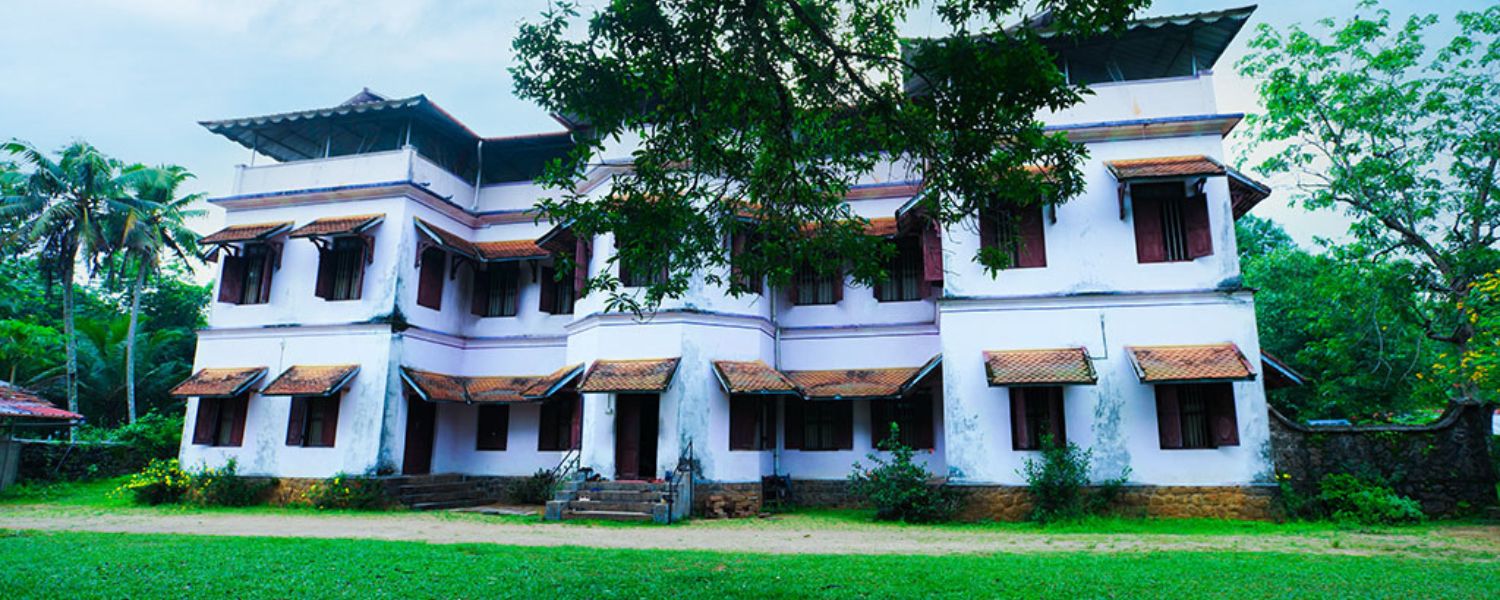
However, about 2 kilometres from Erattupetta and 41 kilometres from Kottayam awaits the enchanting Poonjar Palace, a testament to heritage sites in Kerala spanning over 600 years.
Situated in the quaint village of Poonjar, this architectural marvel crafted entirely from wood, exudes the timeless charm of traditional Kerala architecture.
Additionally, the palace, the abode of Poonjar Rajas, the palace is a majestic tribute to the grandeur of a bygone era.
Step inside and marvel at an exquisite collection of antique furniture, dazzling chandeliers, intricately crafted jewellery boxes, and an array of artefacts that provide a glimpse into the lifestyle of royalty.
Among its many treasures lies a captivating sculpture of Nataraja, alongside a palanquin and a thong for Ayurvedic massages, all carved from a single piece of wood.
However, notice the replica of the renowned Madurai Meenakshi Temple nearby, adorned with intricate sculptures that depict tales from ancient scriptures.
Thalassery Fort

Moreover, 22 kilometres from Kannur lies the majestic Thalassery Fort, a captivating testament to heritage sites in Kerala.
Overlooking Thalasseri Beach, this imposing structure, under the meticulous care of the Archaeological Survey of India, stands proudly, beckoning history enthusiasts and travellers alike.
However, established by the British East India Company in 1700 CE to safeguard their burgeoning trade interests, the fort gained strategic significance over the years.
The Kolathiri Raja supported it as a bastion against various adversaries, including Hyder Ali of Mysore in 1781 CE.
Moreover, during the tumultuous times of rebellion led by Pazhassi Raja, the fort played a pivotal role, showcasing its enduring resilience.
Pazhassi Raja’s Tomb
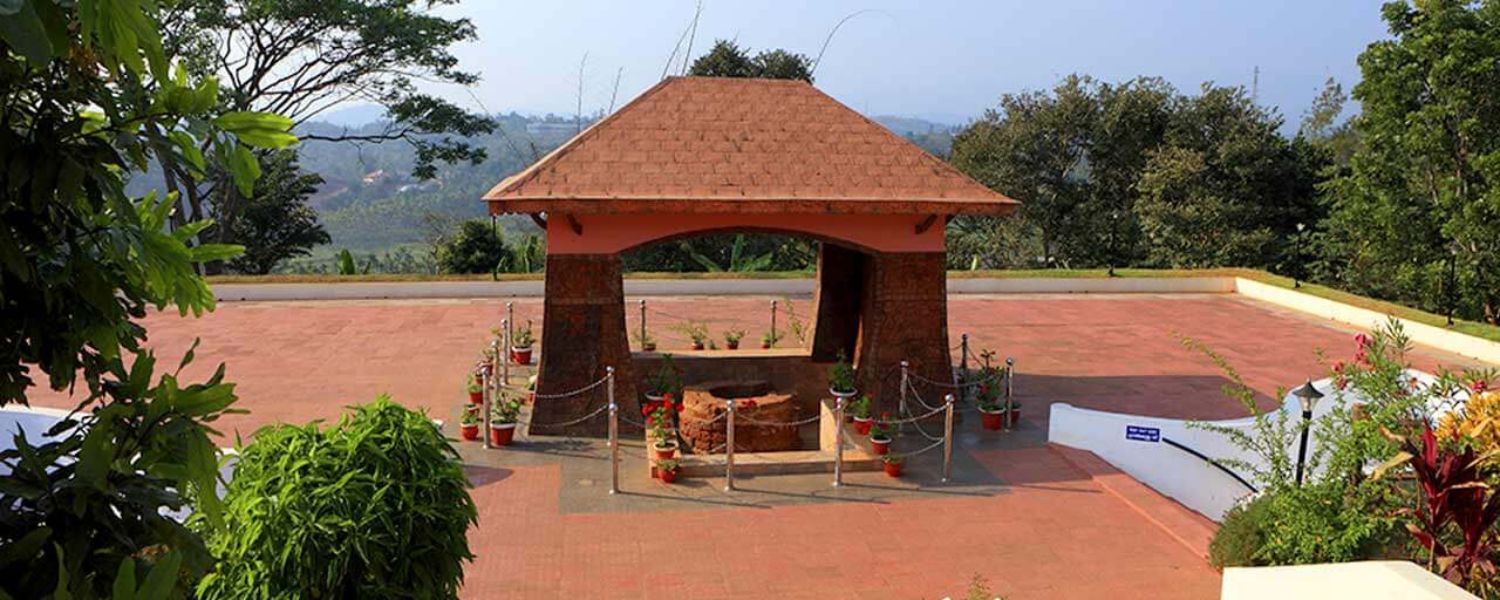
Situated approximately 30 kilometres from Kalpetta, amidst the serene environs of Mananthavady, lies Pazhassi Raja’s Tomb, a poignant homage to the indomitable spirit of Veera Pazhassi Raja, fondly remembered as the ‘Lion of Kerala.’
Pazhassi Raja, from the illustrious Kottayam Royal family, immortalized his legacy by bravely resisting the British with guerrilla tactics in the early 19th century.
The nearby Pulpally Cave, where he sought refuge, echoes with tales of his daring exploits. Tragically, the British forces shot him here in 1805, and they cremated him at the spot where the tomb now stands.
Conclusion
In conclusion, heritage sites in Kerala offer a captivating tapestry of history, culture, and natural splendour.
Among these treasures, Bekal Fort is an emblem of the region’s rich heritage, complemented by the serene beauty of its surrounding beaches and landscapes.
Furthermore, Thrissur’s architectural marvels, Anantha Padmanabha Temple’s spiritual sanctity, and the ancient allure of Edakkal Caves add layers to Kerala’s cultural narrative.
Equally important are the historic landmarks like Kodungallur and Thalassery Fort, each echoing tales of courage and resilience.
Heritage sites in Kerala is a testament to its past and a living legacy, beckoning travellers to immerse themselves in its timeless allure.
FAQ
Q: Is Kochi a Unesco World Heritage Sites in Kerala ?
A: Kochi’s Mattancherry Palace is on UNESCO’s tentative list, but it has not yet received the designation. Efforts to recognize it began in 1998, but we still need continued advocacy.
Q: What is Kerala’s famous heritage?
A: Bekal Fort, one of Kerala’s renowned heritage sites, stands alongside scenic beaches and lush landscapes.
Q: Which UNESCO site is in Kochi?
A: The Mattancherry Palace, also known as the Dutch Palace, showcases Kerala’s unique murals and royal history, earning a spot on UNESCO’s tentative list.
Q: Is Kathakali in UNESCO?
A: Kathakali, a vibrant dance-drama tradition, awaits UNESCO recognition, joining Kerala’s esteemed cultural heritage.
